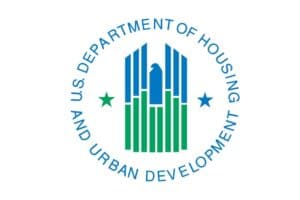The benefits of energy and water conservation in the affordable multifamily industry have been documented thoroughly over the past several years. From the reduction in utility costs to the federal government; to the preservation of affordable housing by decreasing operating costs and thus keeping rents affordable and properties viable; and to the improvements to resident
health and comfort, it is easy to see how important the reduction in energy and water usage is to our properties housing low income households. Yet only a minor fraction of affordable multifamily housing developments have benefited from energy and water efficiency improvements. This leads to the question that if energy and water conservation is so important to affordable housing, why has so little been accomplished?
The answer is not a simple one. Successful efficiency efforts face many challenges and hurdles. These include the difficulty of finding financial resources to fund the retrofits; convincing property owners and managers of the benefits of energy upgrades; locating qualified auditors and installers of equipment; and obtaining approvals from property lenders and investors to
undertake energy retrofits. This paper focuses on one of these hurdles: the achievement of investor consents for the
performance of energy and water retrofits on affordable multifamily developments funded through the Low Income Housing Tax Credit (LIHTC) Program.
